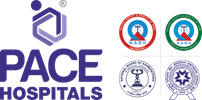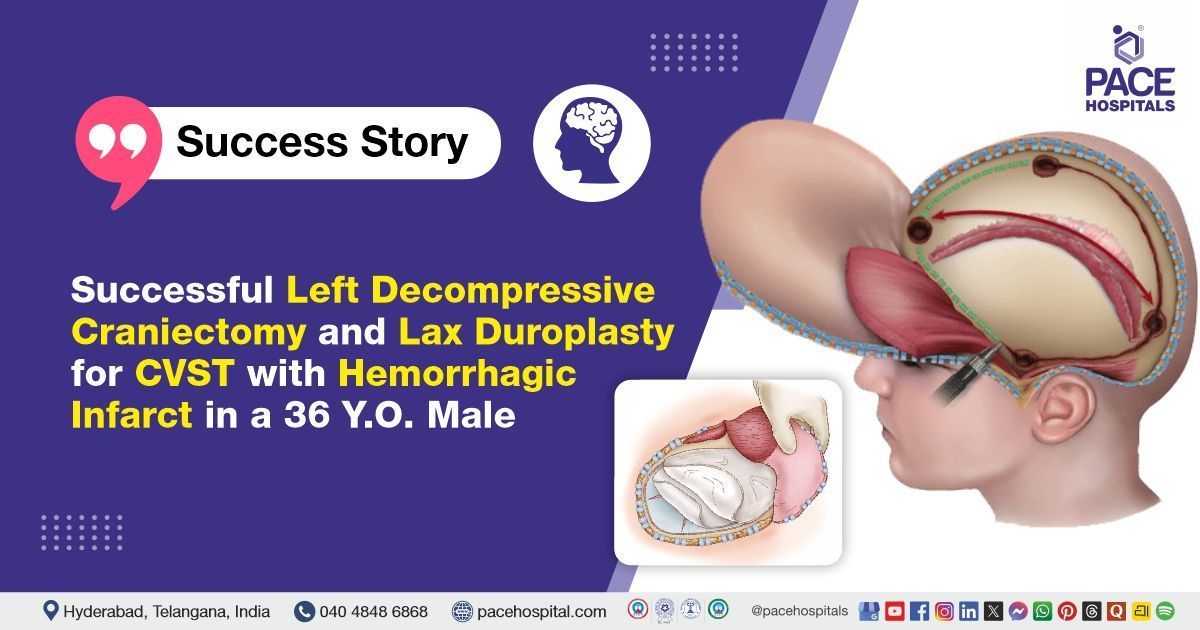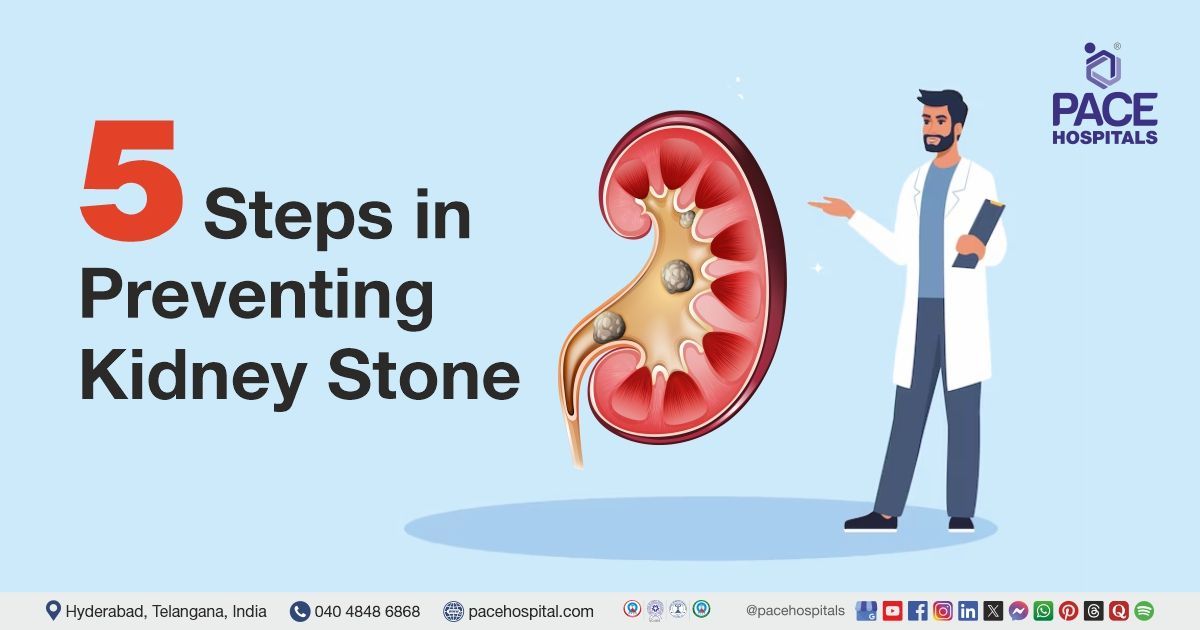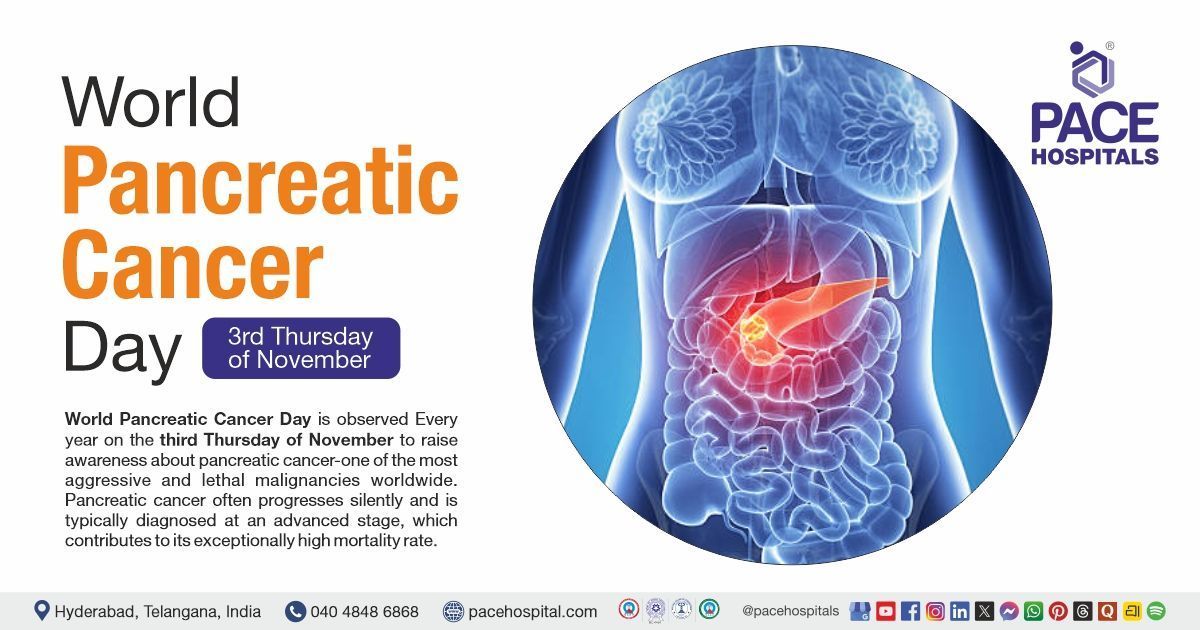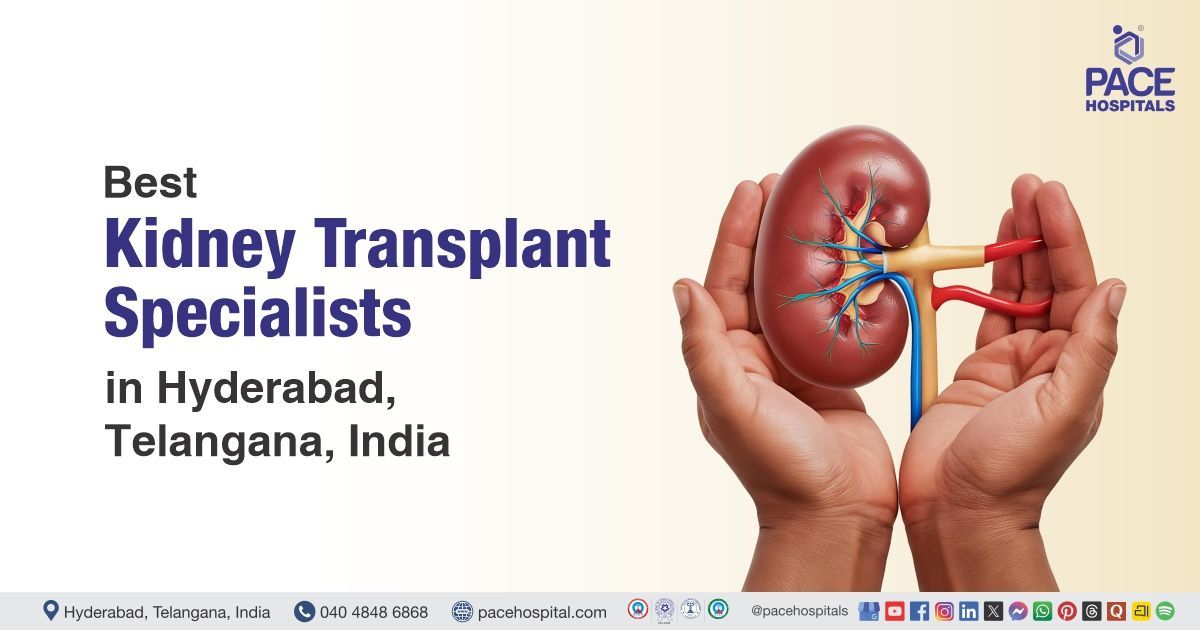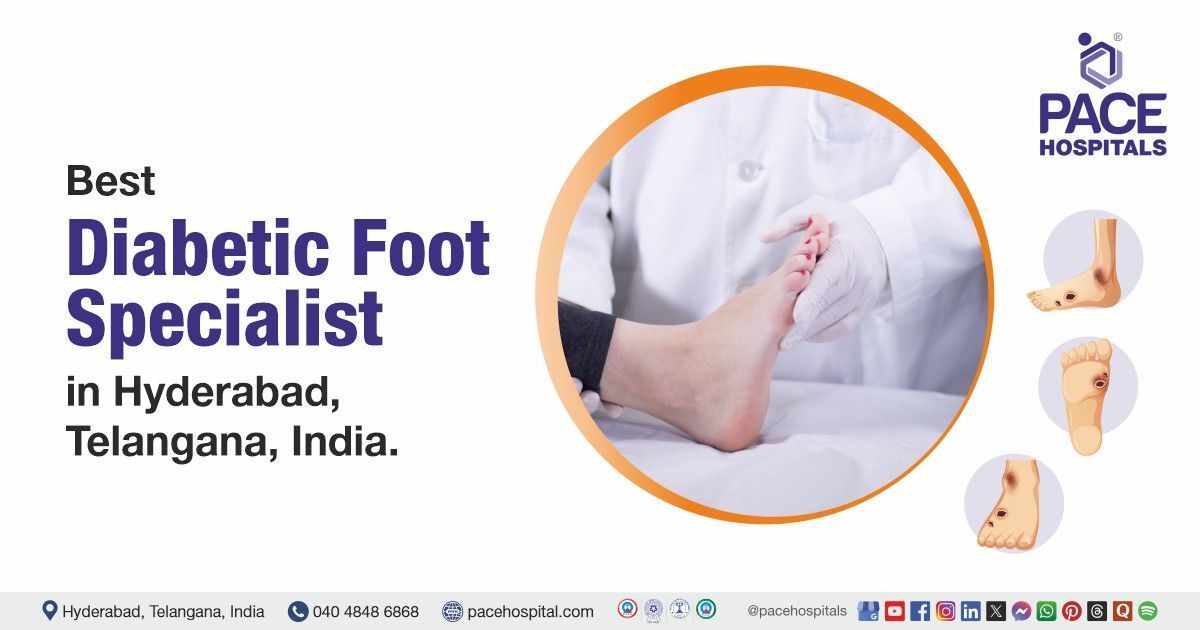Successful Left Decompressive Craniectomy and Lax Duroplasty for CVST with Hemorrhagic Infarct in a 36 Y.O. Male
PACE Hospitals
PACE Hospitals’ expert Neurosurgery team successfully performed a Left Decompressive Craniectomy with Lax Duroplasty and Abdominal Bone Flap Placement in a 36-year-old male patient, diagnosed with Left-Sided Cerebral Venous Sinus Thrombosis with Left Temporo-Parietal Infarct and Hemorrhagic Transformation. The aim of the procedure was to stabilise the patient, prevent neurological deterioration, and facilitate optimal recovery, thereby reducing the risk of further complications.
Chief Complaints
A 36-year-old male patient with a
body mass index (BMI) of 20 presented to the Neurosurgery Department at
PACE Hospitals, Hitech City, Hyderabad, with complaints of right-sided hemiplegia (paralysis), loss of speech, and decreased consciousness for the past one day.
Past Medical History
The patient had no known history of hypertension or diabetes. The absence of these comorbid conditions was considered clinically favorable, as it had minimized the risk of intraoperative and postoperative complications and had supported a smoother, more stable recovery in this case.
On Examination
On general examination, the patient was moderately built and nourished, with stable vital signs. Cardiovascular examination revealed normal heart sounds (S1, S2), and respiratory examination showed bilateral air entry. Neurological assessment indicated a guarded general condition with a Glasgow Coma Scale (GCS) score of E2V2M5, indicating Eye-2, verbal-2, motor-5. Pupils were bilaterally equal and reactive, measuring 3 mm.
Diagnosis
Upon admission, the patient underwent a comprehensive clinical evaluation along with the patient’s medical history and diagnostic investigations conducted by the Neurosurgery team.
Laboratory and special investigations were conducted as part of the preoperative assessment. Complete blood counts (CBC) revealed thrombocytosis and neutrophilic leukocytosis, but no systemic infection was evident. Viral screening for HIV, Hepatitis B, and Hepatitis C was negative. Renal function tests and serum electrolytes were stable, with mild hyponatremia noted and corrected during the hospital stay. Chest X-ray demonstrated normal heart size and clear lung fields. Blood and urine cultures initially revealed bacterial growth, for which appropriate antibiotics were administered, with subsequent cultures showing no further growth.
Neuroimaging investigations, including Computed Tomography (CT) brain and Magnetic resonance imaging (MRI) venogram, demonstrated an acute infarct with hemorrhagic transformation in the left parieto-temporal region, associated with mass effect and midline shift. Thrombosis was identified in the left transverse sinus, sigmoid sinus, and the left upper internal jugular vein.
Based on the confirmed diagnosis, the patient was advised to undergo Cerebral Venous Sinus Thrombosis (CVST) Treatment in Hyderabad, India, under the expert care of the Neurosurgery Department.
Medical Decision-Making (MDM)
After a detailed consultation with Dr. U L Sandeep Varma, Consultant Neurosurgeon, along with cross-consultation by Dr. S Pramod Kumar, Consultant Neurophysician a comprehensive postoperative neurological assessment and overall evaluation were performed to determine the most appropriate management and therapeutic approach. The patient presented with right-sided hemiplegia, loss of speech, and decreased consciousness, and neuroimaging confirmed left-sided cerebral venous sinus thrombosis with temporo-parietal infarct and hemorrhagic transformation.
The clinical evaluation revealed raised intracranial pressure and mass effect. It was determined that left decompressive craniectomy with lax duroplasty and abdominal bone flap placement under general anaesthesia was identified as the most appropriate surgical intervention. This procedure was aimed at relieving intracranial pressure, preventing further herniation, and preserving neurological function.
The patient and his family were counseled in detail regarding the diagnosis, surgical intervention, postoperative care, medication adherence, physiotherapy, and the need for regular follow-up to optimize long-term recovery.
Surgical Procedure
Following the decision, the patient was scheduled to undergo a Left Decompressive Craniectomy Surgery in Hyderabad at PACE Hospitals, along with Lax Duroplasty and Abdominal Bone Flap Placement under the expert supervision of the Neurosurgery Department.
The procedure involved the following steps:
- Preparation and Aseptic Precautions: Under strict aseptic precautions and general anesthesia, the left fronto-parietal-temporal region was painted, draped, and prepared for surgery.
- Incision and Exposure: A left fronto-parietal-temporal incision was made. The skin flap was elevated, and multiple burr holes were created. The bone flap was carefully elevated to expose the dura.
- Dural Opening and Brain Decompression: The dura was incised, revealing severe brain edema. To relieve intracranial pressure, a lax duroplasty was performed using pericranium.
- Bone Flap Placement: The elevated bone flap was preserved and secured in the left anterior abdominal wall for future cranioplasty.
- Closure and Dressing: After achieving hemostasis, the wound was closed in anatomical layers over a surgical drain. A final aseptic dressing was applied to protect the surgical site and promote healing.
Postoperative Care
The procedure and post-procedure course were stable. The patient was initially managed in the Intensive Care Unit (ICU) with ventilatory support, gradually weaned, and later shifted to the ward. Postoperative treatment included anticoagulants, antibiotics, physiotherapy, and supportive care as per the neurologist’s recommendations. The surgical site was monitored regularly for any issues. After a stable recovery, the patient was discharged in stable condition with detailed instructions on strict medication adherence, wound care, physiotherapy, and scheduled follow-up.
Discharge Medications
Upon discharge, the patient was prescribed antibiotics to control infection, anticoagulants to prevent further thrombosis, and antiepileptic medications to reduce the risk of seizures. Neuroprotective agents and vitamin supplements were given to support neurological recovery and healing. A proton pump inhibitor was prescribed for gastric protection, while analgesics were advised for pain relief. The patient was instructed to continue these medications as directed, along with physiotherapy, to aid long-term recovery.
Advice on Discharge
The patient was advised to follow proper wound care instructions as explained at the time of discharge. Continuation of physiotherapy was recommended to support neurological and motor recovery. Strict adherence to the prescribed medications was emphasized, along with routine follow-up visits as scheduled with the neurosurgery and neurology teams.
Emergency Care
The patient was informed to contact the emergency ward at PACE Hospitals in case of any emergency or development of symptoms such as fever, vomiting, convulsions, or decreased consciousness.
Review and Follow-Up Notes
The patient was advised to return for a follow-up with the Neurosurgeon in Hyderabad at PACE Hospitals after 7 days. During this visit, the suture removal was planned, and his recovery was to be assessed for further management.
Conclusion
This case highlights the successful management of left-sided cerebral venous sinus thrombosis with left temporo-parietal infarct and hemorrhagic transformation through left decompressive craniectomy with lax duroplasty and abdominal bone flap placement. The patient showed significant postoperative recovery with no wound infection and gradual neurological improvement. Residual right-sided motor weakness persisted, requiring continued physiotherapy and rehabilitation. Regular follow-up was advised to monitor neurological status and optimize long-term recovery.
Significance of Surgical Decompression in CVST with Hemorrhagic Transformation
Decompressive craniectomy with lax duroplasty is a life-saving intervention in cerebral venous sinus thrombosis complicated by infarct and hemorrhagic transformation. Early surgical management reduces intracranial pressure, prevents herniation, and preserves neurological function. Placement of the bone flap in the abdominal wall allows for planned future cranioplasty, restoring cranial integrity once the patient stabilizes. Postoperative care, including anticoagulation, infection control, physiotherapy, and rehabilitation, plays a vital role in long-term recovery. An experienced neurosurgeon / neurosurgery doctor plays a crucial role in ensuring optimal outcomes in complex neurovascular emergencies.
Share on
Request an appointment
Fill in the appointment form or call us instantly to book a confirmed appointment with our super specialist at 04048486868
